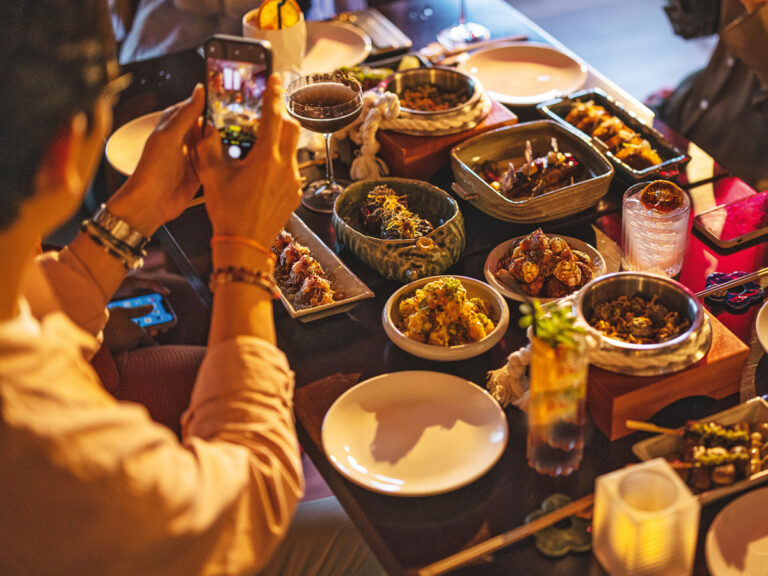Tokyo Travel Guide: The Ultimate Vacation Itinerary
Tokyo is definitely one of the top cities in Japan- I mean, it is the capital city, after all! This city is worlds away from any other city you will have visited before. A completely new culture full of unique experiences, people, and culture, you will definitely be in for a shock when you arrive- but hopefully in a good way, as I experienced. So welcome to the ‘Tokyo Travel Guide: The Ultimate Vacation Itinerary’. Below is information to ensure you have the best time for returning travellers or for first-time visitors to Japan’s capital, a city full of popular attractions and the best places to experience.
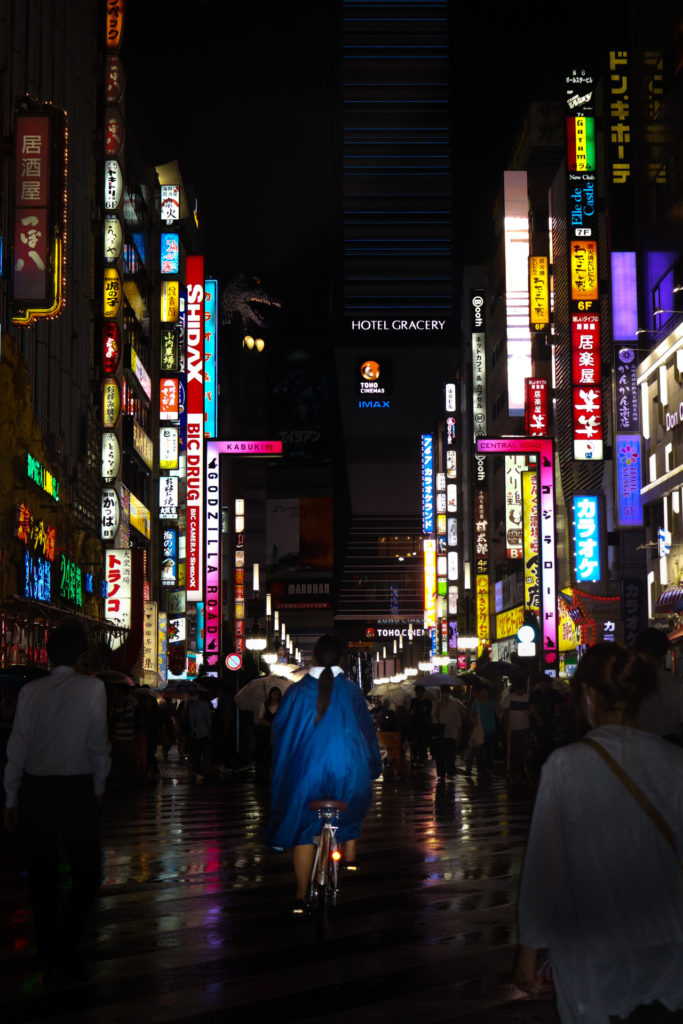
I arrived in Japan for the first five days as a solo traveller before my friend joined me, so I do know what it’s like to travel in this country initially, and although you may be nervous when arriving, honestly, it is not bad, and you should have no issues travelling around this mega city. The main obstacle for me was the transportation and using the metro system, so that I will start with this first. I will then go on to talk about the best temples I visited and areas to visit that you can’t miss out on.
Transportation-Metro
Tokyo boasts one of the most extensive and efficient metro systems in the world. The Tokyo Metro and Toei Subway networks, along with the Japan Railways (JR) lines, make up the backbone of public transportation in the city. Here’s what you need to know about the Tokyo metro system:
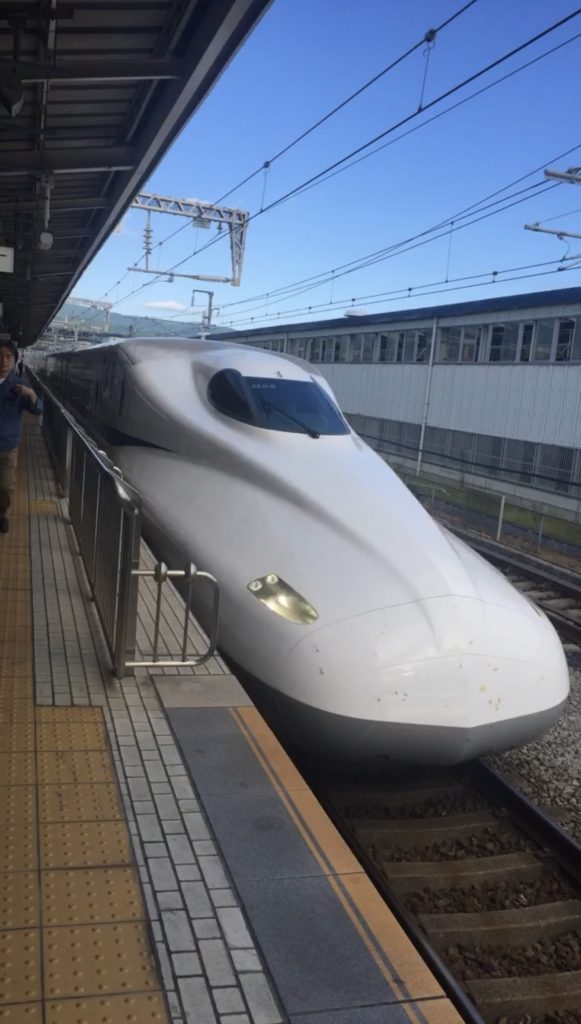
1. Tokyo Metro and Toei Subway:
- Tokyo Metro: Operated by Tokyo Metro Co., the Tokyo Metro network comprises nine lines colour-coded and numbered, such as the Marunouchi Line (red) and the Ginza Line (orange).
- Toei Subway: Run by the Tokyo Metropolitan Bureau of Transportation, the Toei Subway consists of four lines, including the Asakusa Line and the Oedo Line (which circles central Tokyo).
2. Comprehensive Coverage: The Tokyo metro system covers most of the city and its suburbs, making it a convenient way to navigate Tokyo’s sprawling urban area. The subway lines intersect with JR train lines at several major stations, allowing for seamless transfers.
3. Maps and Signage: Stations are well-marked in both Japanese and English. Station names are displayed using a combination of Japanese script and romanization. Electronic signs and announcements inside trains and at stations also provide information in multiple languages. If you still get confused like I did on my first day, there are plenty of staff around to help- I even pressed the help button next to the paying machine, and a staff member popped out straight away from the wall next to the machine like magic! They are very helpful, and you will find your feet quickly when using this metro system.
4. Fares and Tickets:
- IC Cards: The most convenient way to pay for metro rides is by using prepaid IC cards like Suica, Pasmo, or Icoca. These cards can be loaded with money and swiped at the ticket gates. They can also be used for buses and even some taxis. I would definitely recommend getting these cards- you can easily top up and go it’s super easy.
- Single Tickets: If you don’t have an IC card, you can purchase single tickets from ticket machines. Prices vary depending on the distance travelled.
- Tourist Passes: Tokyo offers various tourist passes that provide unlimited rides on metro and subway lines for a specific duration, such as the Tokyo Subway Ticket.
5. Operating Hours: Tokyo’s metro system typically operates from around 5:00 AM to midnight, with slight variations depending on the line and station. Some lines, like the Toei Oedo Line, offer 24-hour service on weekends and holidays.
6. Rush Hours: Morning and evening rush hours can be extremely crowded, with commuters packing the trains. Try to avoid travelling during these peak times if possible.
7. Accessibility: Many stations in Tokyo are equipped with elevators and escalators, making the metro system relatively accessible to people with disabilities. However, not all stations are fully accessible, so it’s advisable to check in advance if you have specific accessibility requirements.
8. Cleanliness and Safety: Tokyo’s metro system is known for its cleanliness and safety. Eating and drinking are generally discouraged, and littering is not tolerated.
9. Network Expansion: Tokyo continues to expand and improve its metro system, with new lines and station renovations. It’s a good idea to check for any updates or temporary service disruptions during your visit.
10. Multilingual Assistance: Many major stations have information centres with English-speaking staff to assist tourists. There are also maps, brochures, and apps available to help navigate the metro system.
Navigating Tokyo’s metro system may seem intimidating at first, but it’s a highly efficient way to explore the city and reach its many attractions, neighbourhoods, and cultural sites. Whether you’re travelling for leisure or business, the Tokyo metro system is a reliable and convenient mode of transportation.
Transportation in General
Transportation in Tokyo is known for its efficiency, punctuality, and extensive coverage. Navigating the city is relatively easy, thanks to its well-developed public transportation system. Here are the key modes of transportation in Tokyo:
- Subway and Metro: Tokyo boasts one of the most extensive subway systems in the world, consisting of multiple lines operated by different companies. The Tokyo Metro and Toei Subway networks connect all major neighbourhoods and attractions. Signs are in both Japanese and English, making them accessible to tourists. Consider purchasing a prepaid IC card (Suica or Pasmo) for convenient subway and bus travel.
- Trains: Tokyo’s train system vast, connecting the city with its suburbs and other major cities in Japan. The JR East lines, including the Yamanote Line that loops around central Tokyo, are particularly important for getting around the city. The Japan Rail Pass can be cost-effective if you plan to travel beyond Tokyo.
- Buses: Tokyo has an extensive bus network, but it can be a bit more challenging for tourists to navigate compared to the subway. However, buses can be useful for reaching destinations not directly accessible by train. Bus routes and schedules are typically available in English.
- Taxis: A taxi ride in Tokyo are safe and reliable but can be relatively expensive compared to public transportation. Most taxi drivers do not speak English, so having your destination written in Japanese or using a navigation app with Japanese addresses can be helpful.
- Rental Bicycles: Tokyo has been improving its cycling infrastructure, and you can find rental bicycles in some areas. Cycling is a great way to explore quieter neighbourhoods and parks.
- Airport Transportation: Narita International Airport and Haneda Airport are Tokyo’s main international gateways. You can reach the city centre from both airports by train, bus, or airport limousine services. Haneda is closer to central Tokyo and is often preferred for domestic and shorter international flights.
- Water Buses: Tokyo has several waterways, and you can use water buses to explore the city from a different perspective. The Tokyo Water Bus service connects various destinations along the Sumida River and Tokyo Bay.
- Monorail: The Tokyo Monorail connects Haneda Airport with Hamamatsucho Station, providing a convenient way to reach central Tokyo.
- Transportation Passes: Tourists can purchase various transportation passes to save money on travel within Tokyo. Examples include the Tokyo Subway Ticket, the Tokyo Tourist Metro Pass, and the Tokyo Wide Pass (for travelling outside Tokyo).
- Accessibility: Tokyo’s transportation system is generally accessible to people with disabilities, with stations equipped with ramps, elevators, and accessible restrooms. Look for the universal access symbol (a blue-and-white wheelchair) on station maps and signage.
Tokyo’s public transportation is known for its reliability and punctuality, making it one of the most efficient ways to explore the city. It’s advisable to plan your routes using navigation apps, such as Google Maps or Japan Transit Planner, and consider purchasing a prepaid IC card for convenience and savings. Additionally, learning a few basic Japanese phrases or carrying a translation app can be helpful for asking for directions or assistance if needed.
Temples in Tokyo
While Tokyo is known for its modern and bustling cityscape, it also offers a variety of temples that provide glimpses into Japan’s rich history and spiritual traditions.
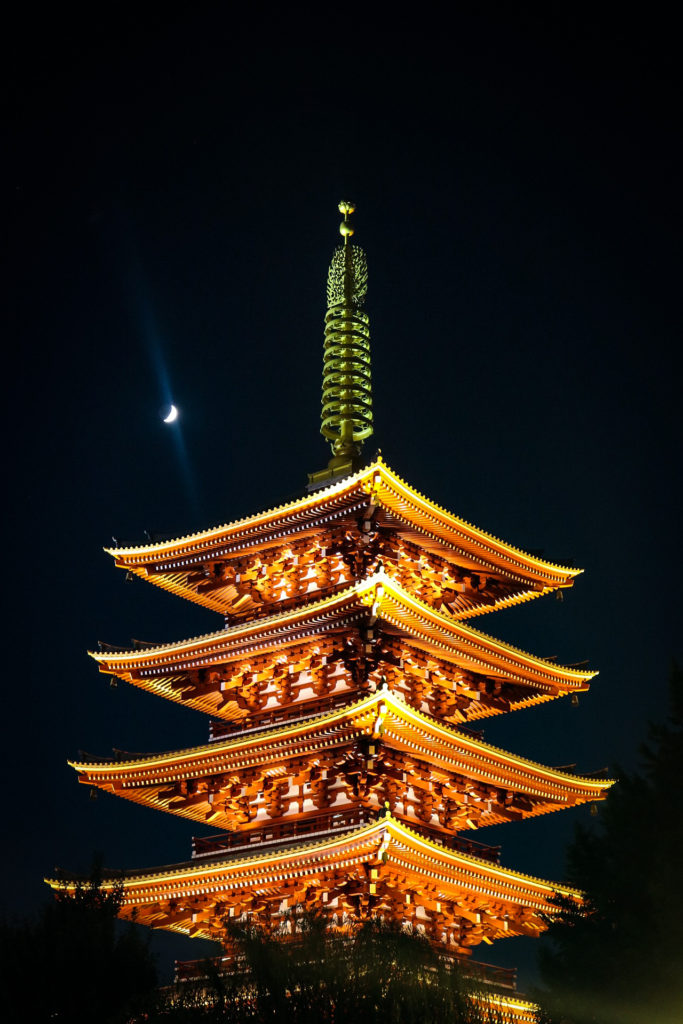
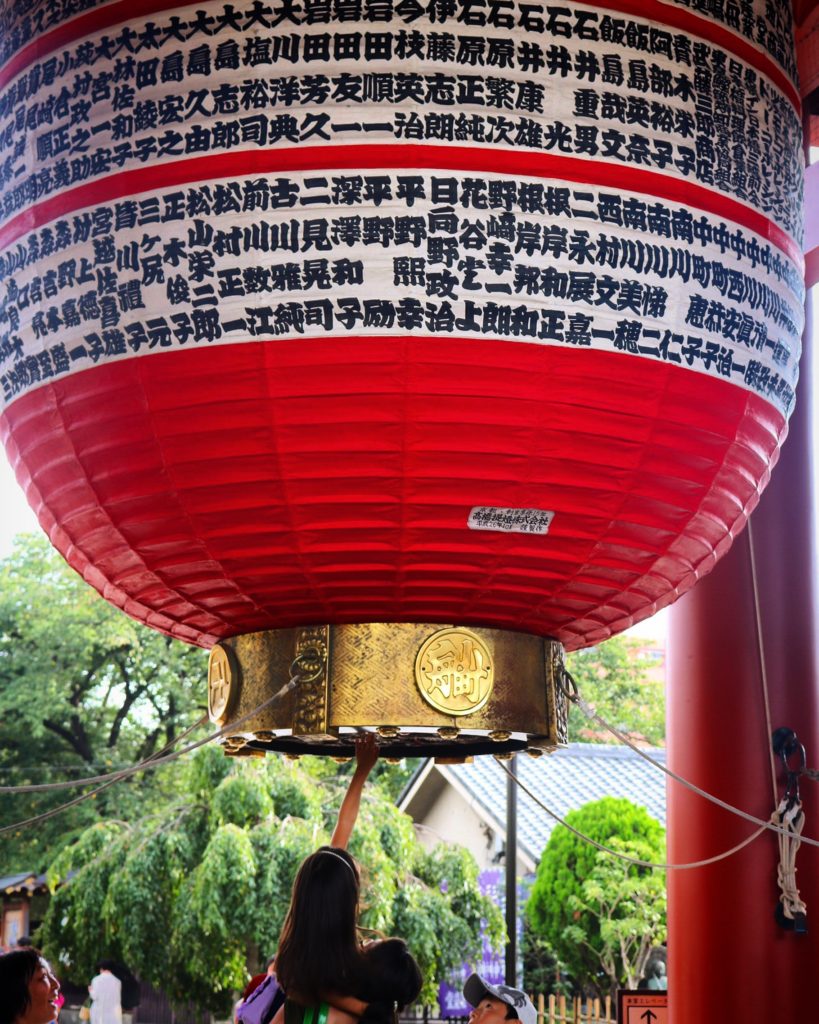
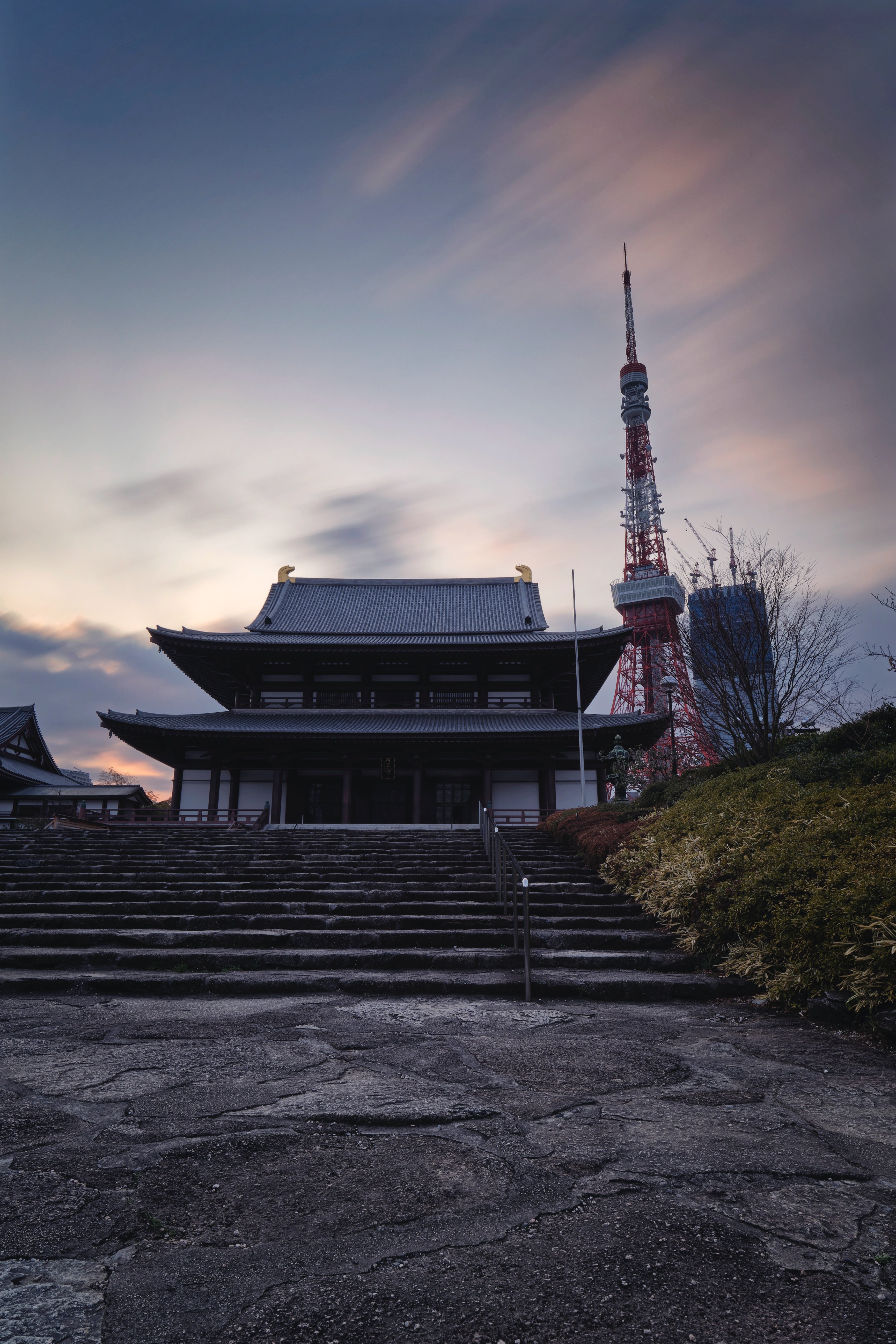
Here are some notable temples to visit in Tokyo:
- Senso-ji Temple (浅草寺): Located in the Asakusa district, Senso-ji is Tokyo’s oldest and most famous temple. The iconic Kaminarimon Gate leads to the temple grounds, where you’ll find the impressive Hozomon Gate and the main hall. It’s a popular destination for both tourists and locals, offering a chance to explore traditional Japanese architecture and culture.
- Meiji Shrine (明治神宮): Nestled in the heart of Tokyo in Shibuya, Meiji Shrine is a tranquil oasis within a bustling city. This Shinto shrine is dedicated to Emperor Meiji and Empress Shoken. Visitors can explore the serene forested area leading to the shrine and witness traditional ceremonies and rituals.
- Zojo-ji Temple (増上寺): Located near Tokyo Tower in the Minato ward, Zojo-ji is a significant Buddhist temple with a rich history. It was the main temple of the Tokugawa shogunate during the Edo period. The temple’s striking red pagoda and Daimon Gate are prominent features.
- Nezu Shrine (根津神社): Nezu Shrine, situated in Bunkyo ward, is known for its picturesque azalea garden. It’s one of Tokyo’s oldest shrines, dating back to the 1st century. The vermilion-colored structures and lush gardens make it a serene and photogenic destination.
- Hie Shrine (日枝神社): Located in Akasaka, Hie Shrine is known for its distinctive red torii gate-lined staircase. The shrine offers a peaceful escape from the surrounding urban environment and is a popular spot for cherry blossom viewing in spring.
- Kaneiji Temple (寛永寺): This historic temple is located within Ueno Park and dates back to the early 17th century. Kaneiji is known for its beautiful garden and historical significance, as it was a major Buddhist temple during the Edo period.
- Gokoku-ji Temple (護国寺): Situated in the Bunkyo ward, Gokoku-ji is a peaceful and less-visited temple known for its stunning architecture and serene garden. It’s an excellent place for a tranquil escape from the city’s hustle and bustle.
- Ikegami Honmon-ji Temple (池上本門寺): Located in the Ota ward, this temple is a significant pilgrimage site for Buddhists. It’s known for its beautiful pagoda, the annual Oeshiki Festival in honor of Nichiren, and a large stone monument.
- Sengaku-ji Temple (泉岳寺): Famous for the 47 Ronin story, Sengaku-ji is a Zen Buddhist temple located in the Takanawa district. It houses the graves of the loyal samurai who avenged their master’s death.
- Gotoku-ji Temple (豪徳寺): Often referred to as the “Cat Temple,” Gotoku-ji is a charming temple in Setagaya ward. It is believed to be the birthplace of the maneki-neko (beckoning cat) figurine, considered a symbol of good luck.
These temples offer a mix of historical, cultural, and spiritual experiences, making them great places to explore during your visit to Tokyo. Each temple has its unique charm, and they provide a peaceful contrast to the city’s urban hustle and bustle.
Cuisine
Tokyo is a food lover’s paradise, offering a diverse and delicious array of culinary experiences. From traditional Japanese dishes to international flavours, Tokyo has something to satisfy every palate. Here’s a glimpse into the rich cuisine of Tokyo:
1. Sushi: Tokyo is renowned for its sushi, and you’ll find everything from high-end omakase experiences to conveyor belt sushi restaurants. Tsukiji Fish Market (now relocated to Toyosu) is famous for its fresh seafood, including sushi.
2. Ramen: Ramen is a beloved Japanese comfort food, and Tokyo has a thriving ramen scene. You can find various styles, including shoyu (soy sauce), miso, and tsukemen (dipping noodles).
3. Tempura: Enjoy crispy, deep-fried tempura dishes featuring seafood and vegetables. Tempura restaurants often serve dishes with a light, flavorful dipping sauce.
4. Yakitori: Tokyo is dotted with yakitori joints serving grilled skewers of chicken and other ingredients. These places often have an intimate and casual atmosphere.
5. Kaiseki: Kaiseki is a traditional multi-course Japanese meal that emphasizes seasonal ingredients and meticulous preparation. Try a kaiseki restaurant for an elegant dining experience.
6. Sashimi: Sashimi is thinly sliced raw fish, and Tokyo offers some of the freshest and highest-quality sashimi you’ll find anywhere. It’s often served with soy sauce and wasabi.
7. Izakaya: These Japanese-style pubs offer a wide range of dishes to accompany your drinks, including yakitori, edamame, sashimi, and more. They’re great places to experience the social side of dining.
8. Okonomiyaki: Often referred to as “Japanese pancakes” or “savoury pancakes,” okonomiyaki is a delightful dish made with cabbage, batter, and various toppings. You can cook it yourself at some restaurants, particularly in the Okonomiyaki streets of places like Tsukishima.
9. Tonkatsu: Enjoy crispy breaded and deep-fried pork cutlets served with cabbage and a savoury sauce. Tonkatsu restaurants often offer different variations and cuts of pork.
10. Gyoza: These delicious Japanese dumplings are typically filled with ground pork, cabbage, and various seasonings. You’ll find both steamed and pan-fried gyoza in Tokyo.
11. Sukiyaki and Shabu-Shabu: Both are hotpot dishes where you cook thinly sliced meat and vegetables in a flavorful broth at your table. Sukiyaki is often sweeter, while shabu-shabu has a lighter, more savoury broth.
12. Street Food: Explore the street food scene in places like Asakusa and Harajuku, where you can try takoyaki (octopus balls), takoyaki (fish-shaped pastries), yakisoba (stir-fried noodles), and more.
13. Sweets: Tokyo is known for its beautiful and creative desserts, from traditional Japanese wagashi to modern creations. Don’t miss trying matcha (green tea) desserts and Japanese-style cheesecake.
14. Curry Rice: Japanese curry is a flavorful and comforting dish. Many curry restaurants in Tokyo serve a variety of toppings and spice levels.
15. Regional Cuisine: Tokyo is a melting pot of regional Japanese cuisine. You can find dishes from all over Japan, so consider trying specialities like Hokkaido seafood, Hiroshima-style okonomiyaki, or Osaka-style takoyaki.
Tokyo’s culinary scene is constantly evolving, with an emphasis on high-quality ingredients and innovative approaches to traditional dishes. Exploring the city’s food markets, street food stalls, and diverse range of restaurants is a delightful adventure for any food enthusiast.
General Advice- Tokyo
Before travelling to Tokyo, it’s important to be aware of several things to ensure a smooth and enjoyable trip. Here are some important tips and things to know:
- Language: While many signs in Tokyo are bilingual (Japanese and English), I found most people did not speak English. Learning a few basic Japanese phrases can be helpful, and having a translation app on your phone can be a lifesaver.
- Currency: The currency in Japan is the Japanese Yen (JPY). Credit cards are widely accepted in hotels, department stores, and larger restaurants, but it’s a good idea to carry some cash for smaller shops and local eateries.
- Cash: ATMs that accept foreign cards can be limited, so it’s a good idea to withdraw cash at the airport or in major cities. 7-Eleven convenience stores often have international ATMs that work with foreign cards.
- Transportation: Tokyo has an extensive and efficient public transportation system, including trains and subways. Consider purchasing a prepaid IC card like Suica or Pasmo for convenience when using public transport.
- JR Pass: If you plan to travel extensively within Japan, especially between cities, the Japan Rail Pass can save you money. However, it’s only available to tourists and must be purchased before arriving in Japan, so make sure you order this online well in advance.
- Tipping: Tipping is not a common practice in Japan and can even be seen as rude. Exceptional service is already included in the price.
- Etiquette: Japanese culture places a high value on politeness and respect. Bowing is common, and it’s important to be courteous, patient, and quiet in public spaces.
- Footwear: Remove your shoes when entering someone’s home, traditional ryokans, and some restaurants. Most places provide slippers for guests.
- Trash Disposal: Japan has strict rules for trash disposal, and it can be confusing for tourists. It’s best to follow the local guidelines for sorting and disposing of waste. I would say that you may find that you are holding onto your waste for some time whilst trying to find a bin as there are fewer bins in comparison to other major cities, yet surprisingly you’ll find everywhere is so clean and it is just part of the publics respect to the environment, rules and regulations.
- Safety: Tokyo is generally a very safe city with a low crime rate. However, it’s still important to be aware of your surroundings and take standard precautions against pickpocketing and petty theft. Particularly for solo female travellers going at night to some of the more lively districts and clubs, I have heard a few stories of stalking happening so just be more aware of your surroundings during those moments. But overall, it is much safer than the vast majority of countries you will visit.
- Weather: Check the weather forecast for Tokyo during your visit, as it can vary significantly depending on the season. Summers can be hot and humid, while winters are generally cold. I went in August and had both drizzle and hot, very humid weather. I didn’t mind it when it did rain as this was more of a city holiday and it kind of looked prettier sometimes in the rain.
- Sakura Season: If you plan to visit during cherry blossom season (sakura), which usually occurs in late March to early April, book accommodations well in advance as this is a peak tourist season.
- Electrical Outlets: Japan uses a Type A or Type B electrical outlet, with a voltage of 100V. If your devices have a different plug type or voltage, you may need a converter and adapter.
- Wi-Fi: While free Wi-Fi is becoming more common in Tokyo, it’s a good idea to rent a portable Wi-Fi device (Pocket Wi-Fi) or purchase a local SIM card for reliable internet access throughout your trip.
- Shopping Hours: Most shops in Tokyo open around 10 AM and close around 8 PM. Department stores may have longer hours. Some shops are closed on specific days of the week.
- Reservations: For popular restaurants and attractions, consider making reservations in advance, especially if you have specific places in mind.
- Cultural Awareness: Be mindful of local customs and traditions. For example, it’s considered impolite to point at people or objects, and public displays of affection are generally discouraged. Keep your voice down and not eat on public transport as this can be seen as rude to many of the locals.
By keeping these tips in mind, you’ll be better prepared to navigate Tokyo and fully enjoy your trip while respecting local customs and etiquette. Tokyo is a fascinating and vibrant city, and being aware of these considerations can enhance your experience.
Places to Definitely Consider Doing in Tokyo
Tokyo is a vibrant and diverse city with a wide range of activities and attractions to suit every interest.
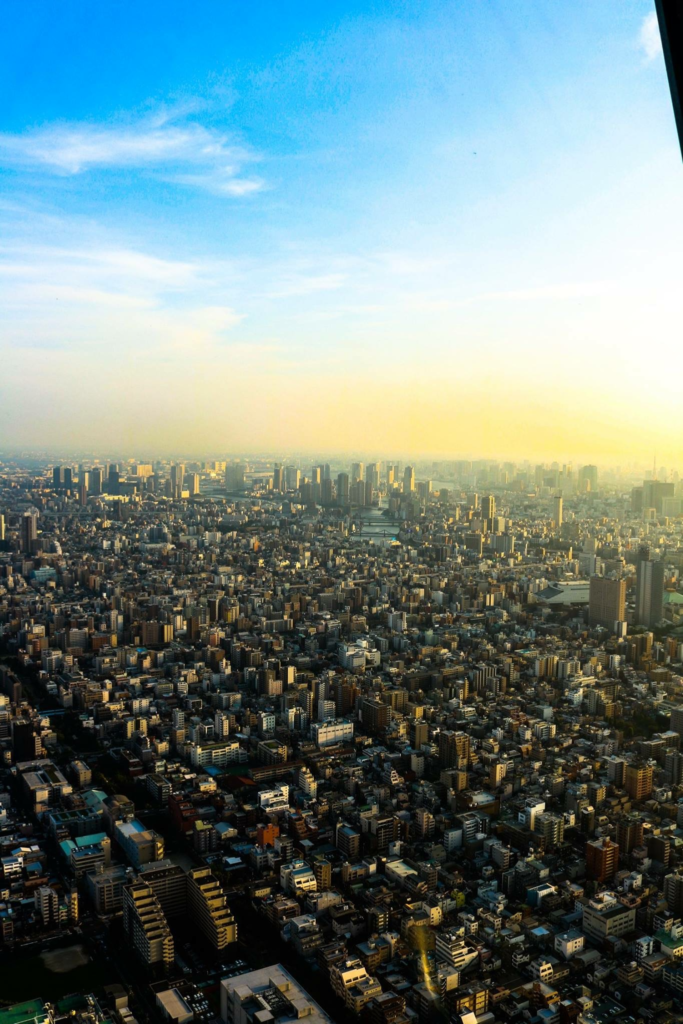
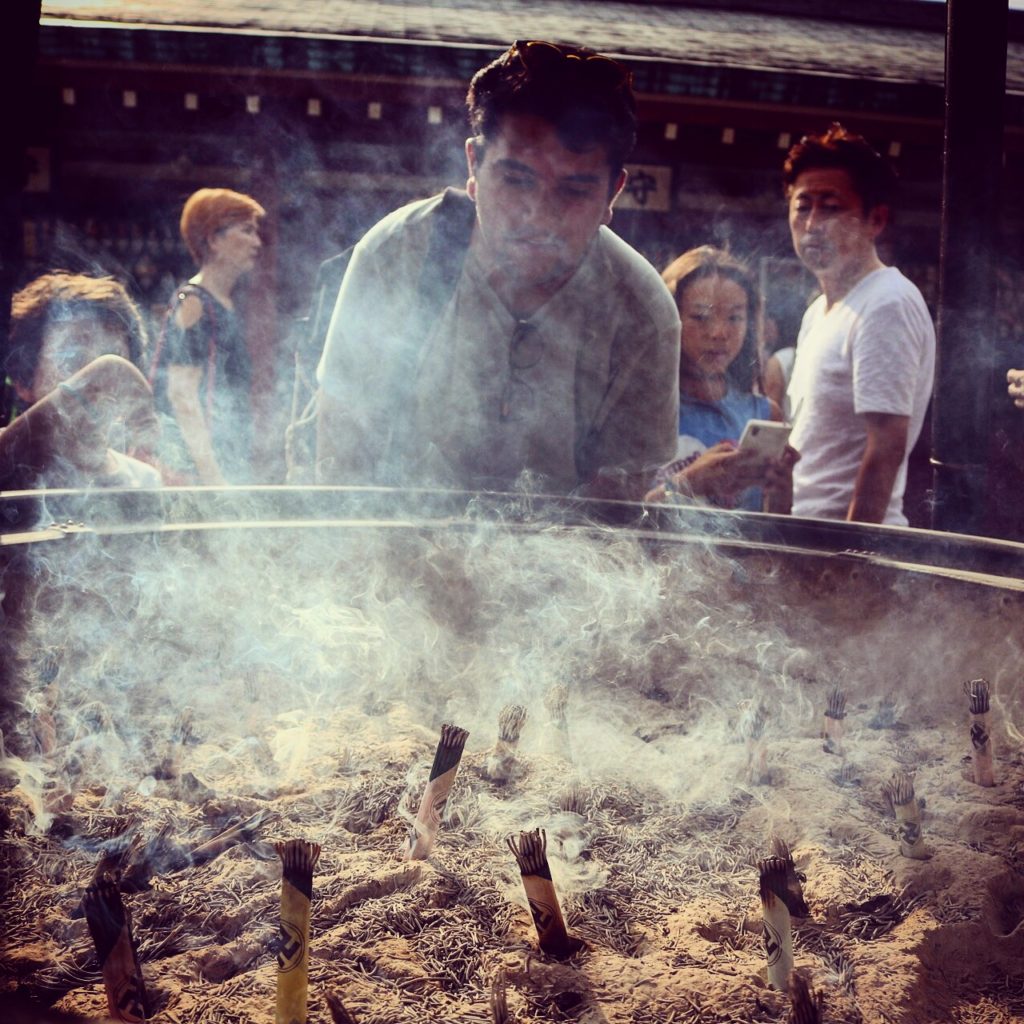
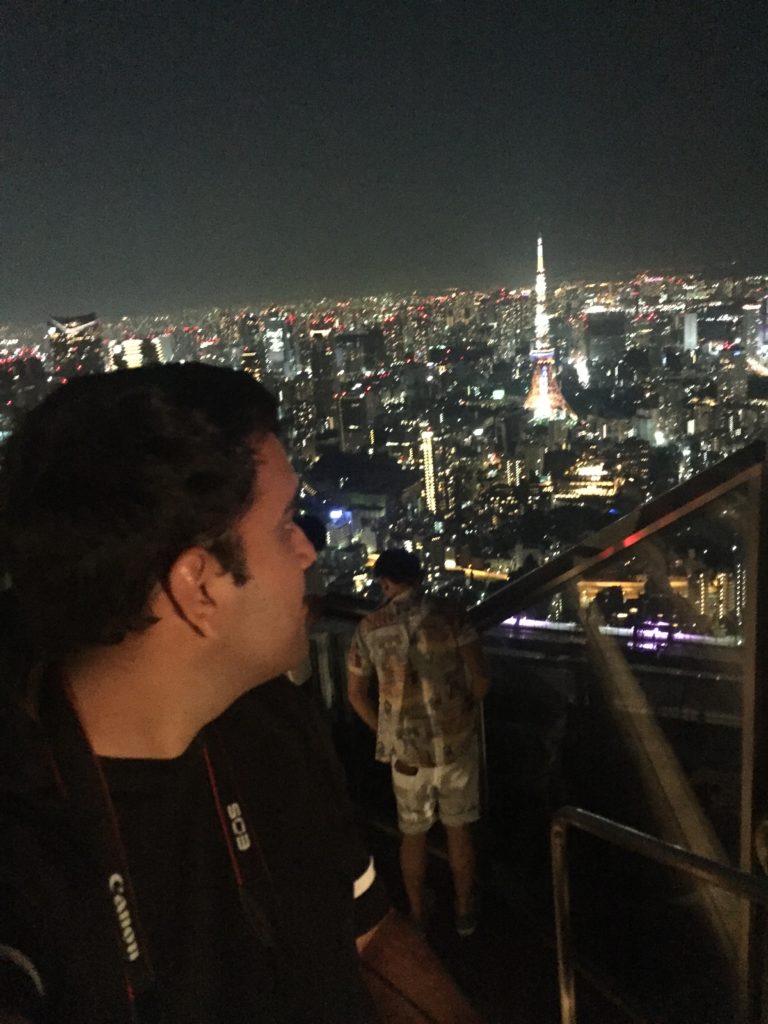

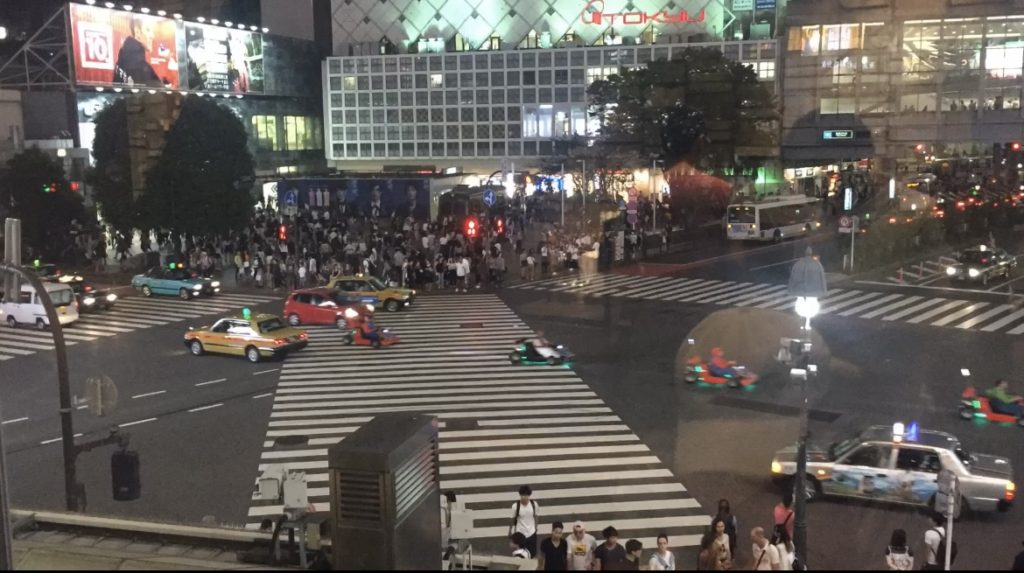
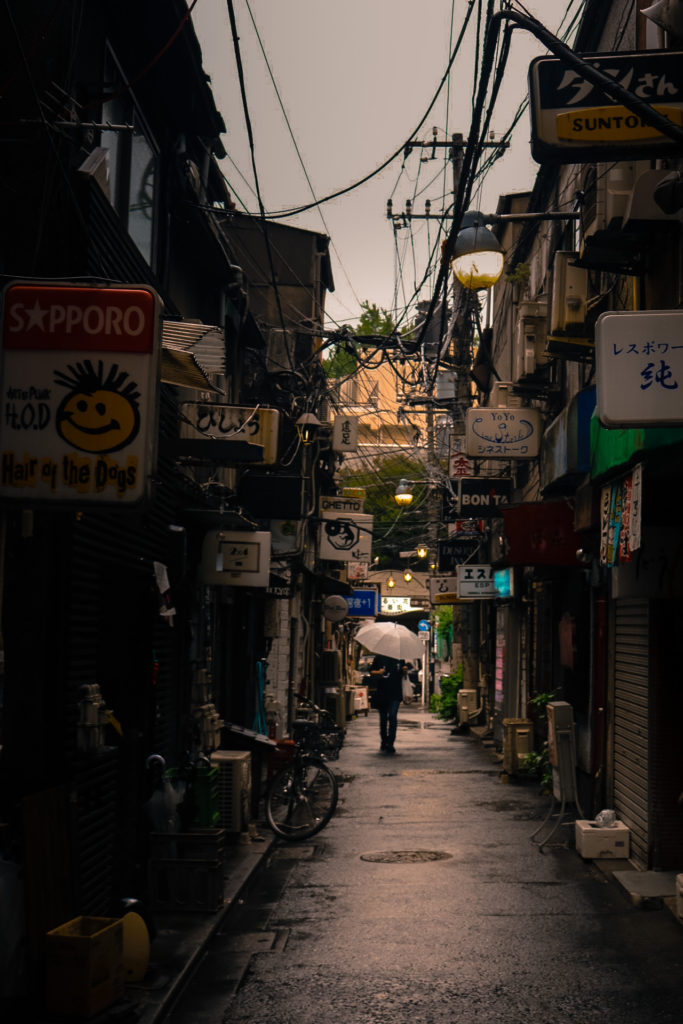
Here are some of the best things to do in Tokyo:
- Visit Senso-ji Temple: Located in the Asakusa district, Senso-ji is Tokyo’s oldest temple and a symbol of the city. Explore the temple grounds, shop for traditional Japanese souvenirs on Nakamise Street, and don’t forget to take a photo in front of the iconic Thunder Gate.
- Explore Shibuya Crossing: Witness the famous Shibuya Crossing, one of the busiest pedestrian crossings in the world. It’s an incredible sight, especially during rush hour when hundreds of people cross simultaneously.
- Imperial Palace: Explore the beautiful East Gardens of the Imperial Palace and take a stroll around the historic grounds. While you can’t enter the main palace, the gardens are open to the public.
- Meiji Shrine: Located in Shibuya, this shrine is a peaceful oasis in the midst of the bustling city. It’s especially beautiful during traditional ceremonies and events.
- Tsukiji Fish Market: While the inner wholesale market has moved to Toyosu, you can still visit the outer market for some of the freshest seafood in Tokyo. Try some sushi or sashimi at one of the many stalls.
- Tokyo Disneyland and DisneySea: If you’re a fan of theme parks, Tokyo Disneyland and DisneySea offer a magical experience for visitors of all ages.
- Harajuku: Explore the trendy Harajuku district, known for its quirky street fashion and unique shops. Takeshita Street is a must-visit.
- Odaiba: This entertainment and shopping district features futuristic architecture, museums, a giant Gundam statue, and great views of Tokyo Bay.
- Ueno Park: This park is home to several museums, including the Tokyo National Museum and Ueno Zoo. It’s a great place for cherry blossom viewing in spring.
- Akihabara: Known as Electric Town, Akihabara is a haven for tech enthusiasts and anime fans. You can find everything from electronics to manga and collectables here.
- Roppongi Hills: Visit this modern complex for shopping, dining, and cultural attractions. Don’t miss the Mori Art Museum and Tokyo City View for panoramic city views.
- Asakusa Culture and Tourist Information Center: Head up to the observation deck of this building for one of the best free views of the Tokyo Skytree and the city skyline.
- Sumo Wrestling: If you’re visiting during a sumo tournament, watching a match is a unique and exciting experience. Tickets can be hard to come by, so plan ahead.
- Onsen (Hot Springs): Visit an onsen in Tokyo, like Oedo Onsen Monogatari, for a traditional Japanese bathing experience.
- Food Adventures: Tokyo is a food lover’s paradise. Try sushi, ramen, tempura, yakitori, and the many other delicious Japanese dishes available in the city.
- Cherry Blossom Viewing: If you visit in spring, don’t miss the cherry blossoms. Popular spots include Ueno Park, Shinjuku Gyoen, and Chidorigafuchi.
- Shopping: Tokyo offers excellent shopping opportunities, from luxury boutiques in Ginza to the trendy shops in Harajuku and the electronics stores in Akihabara.
Accommodation
Accommodation options in Tokyo are diverse and cater to various budgets and preferences. Tokyo offers everything from luxury hotels and traditional ryokans to budget-friendly hostels and vacation rentals. Here’s an overview of the types of accommodation you can find in Tokyo:
1. Hotels:
- Luxury Hotels: Tokyo boasts numerous luxury hotels with top-notch service, amenities, and stunning city views. Popular areas for luxury accommodations include Roppongi, Marunouchi, and Ginza.
- Business Hotels: These mid-range hotels are often conveniently located near major business districts and transportation hubs. They offer comfortable rooms and basic amenities.
- Budget Hotels: You can find affordable hotels and guesthouses in various neighbourhoods, especially in areas like Ueno and Asakusa.
2. Ryokans:
- Traditional Japanese Inns: For a unique cultural experience, consider staying in a ryokan. These traditional inns offer tatami-mat rooms, futons, yukatas, and the opportunity to enjoy a traditional Japanese meal. Some ryokans are located in scenic areas like Hakone or Nikko, just a short train ride from Tokyo.
3. Hostels and Guesthouses:
- Budget Accommodations: Tokyo has a wide range of budget-friendly hostels and guesthouses with dormitory-style and private rooms. These are great options for backpackers and solo travellers.
4. Vacation Rentals:
- Airbnb: You can find apartments, houses, and private rooms listed on Airbnb in various neighbourhoods across Tokyo. This option provides a more residential experience and is suitable for families and travellers seeking more space.
5. Capsule Hotels:
- Unique Experience: Capsule hotels offer a novel and budget-friendly accommodation experience. Instead of traditional rooms, guests sleep in small, pod-like capsules with basic amenities. Note that these are often gender-segregated.
6. Love Hotels:
- Unconventional Stays: Love hotels are known for their unique and sometimes quirky rooms designed for romantic encounters. While primarily intended for couples, they can also be an affordable option for solo travellers.
7. Long-Term Rentals:
- Serviced Apartments: For extended stays, serviced apartments provide the convenience of a home away from home. They come with kitchen facilities and housekeeping services.
8. Internet Cafes and Manga Cafes:
- Emergency Accommodation: In a pinch, you can spend a night at an internet or manga cafe. While not intended for overnight stays, they offer reclining chairs or small booths where you can rest.
9. Accommodation Districts: Tokyo has several neighbourhoods and districts that are popular for accommodation, each with its unique character:
- Shinjuku: A bustling area with numerous hotels, shopping, dining, and entertainment options.
- Ginza: Known for luxury shopping and upscale hotels.
- Shibuya: A lively district with a youthful atmosphere and excellent transport connections.
- Asakusa: Home to historic sites like Senso-ji Temple and a range of accommodation options.
- Ueno: Known for its museums, parks, and budget-friendly accommodations.
- Roppongi: Offers a mix of luxury hotels, nightlife, and dining.
- Akihabara: Ideal for tech enthusiasts and anime fans, with various accommodations.
When booking accommodation in Tokyo, consider factors such as location, budget, and your preferred style of stay. Tokyo’s public transportation is efficient, so even if you’re not in the city centre, you can easily access the major attractions. It’s advisable to book well in advance, especially during peak tourist seasons and major events, to secure the best options.
Japan is a popular tourist destination to visit with some of the best places and experiences. If you enjoyed reading this post, then check out my other blogs at https://www.mymemoriesabroad.com/category/blog/ or head to my Pinterest profile to have a look at travel photos which will hopefully inspire you to book your holiday to remember at https://www.pinterest.co.uk/mymemoriesabroad/.

